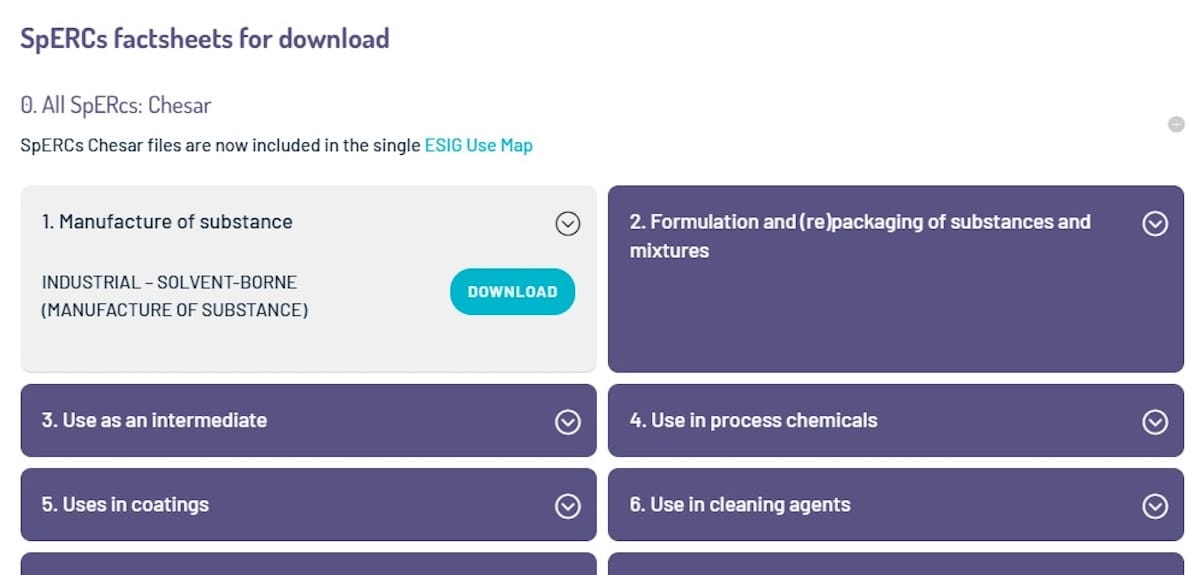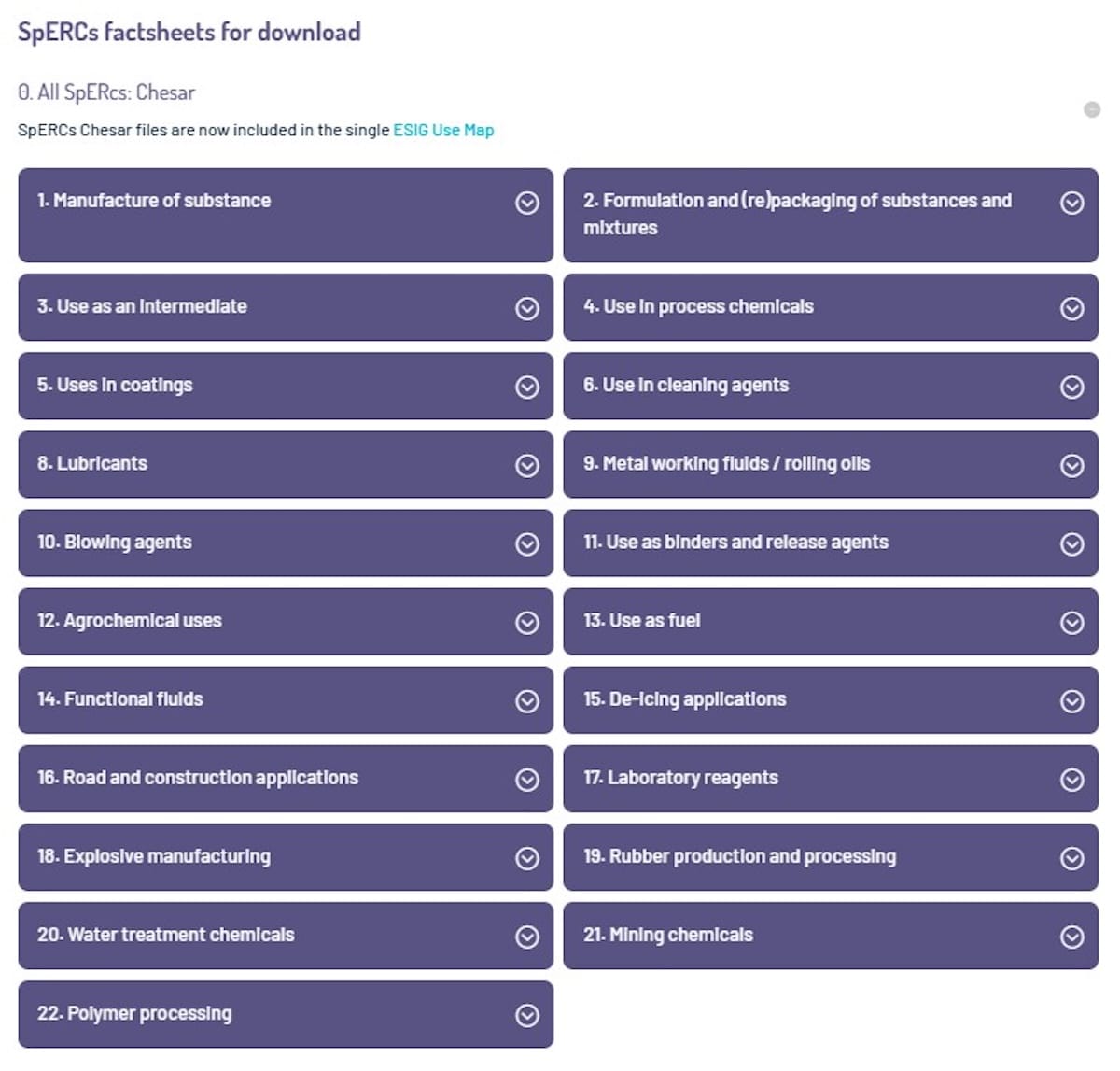Exposure Work
Improving Efficiency and Collaboration: ESIG PST + GES + SpERCs Working Groups
In a series of meetings, the ESIG PST with GES (Generic Exposure Scenarios) and SpERCs (Specific Environmental Release Categories) working groups focused on improving the efficiency of use maps and SWEDs, Specific Worker Exposure Descriptions, and harmonising supporting background documents.
Key Discussions and Decisions
Merger of GES and SpERCs Sub-Groups
A key outcome was the proposal to merge the Generic Exposure Scenarios and Specific Environmental Release Categories subgroups, which received unanimous support from members. The merger aims to streamline activities and foster closer collaboration across related workstreams.
Updating the ESIG Use Map
During a virtual meeting with ECHA, the need to update the ESIG use map was highlighted. A central topic of discussion was the standardisation of SWED codes to facilitate linking relevant scenarios. This standardisation is expected to improve its usability and accuracy.
Coordination with CONCAWE
In a coordination meeting between CONCAWE and ESIG, the challenges and potential solutions for creating a single-use map for professional applications were discussed.

Major Update: ESIG’s Human Exposure Database An Industry Benchmark
ESIG has released a significant update to its Solvents Human Exposure Database, now the largest publicly accessible source for solvent exposure data. Developed with the Institute of Occupational Medicine (IOM) in Edinburgh, the database now features:
- 353 publications
- 3,856 samples
- 12,432 measurement results for 247 solvents.
What’s New:
- Expanded with data from 2022–2023.
- 3,300+ articles reviewed, 22 new studies added.
- Now searchable online for registered users.
Originally launched in 2000 (Caldwell* et al.), this evolving database spans over six decades of solvent exposure research, covering both oxygenated and hydrocarbon solvents, backed by quality assessments.
Why It Matters:
This scientific resource helps improve workplace safety, supports regulatory compliance, and advances sustainable, evidence-based practices across the solvents value chain.
SpERCs factsheets
ESIG has recently updated some of the Specific Environmental Release Categories (SpERCs) fact sheets with more recent versions.
SpERCs are a refinement of the Environmental Release Categories (ERCs), which are REACH use descriptors defined from an environmental perspective. ERCs include sets of default emission values, such as release factors, which can be used for first-tier environmental exposure assessments. However, these release factors are often overly conservative. Therefore, ESIG has developed sector-specific SpERCs for a more accurate estimation of emissions associated with solvent industry applications.
SpERCs are detailed in factsheets that contain quantitative release factors for air, water, and soil, which can be integrated into exposure assessment tools such as ECETOC’s TRA, Chesar, EUSES, and Concawe’ s Petrorisk. The SpERC factsheets also provide descriptive information on the conditions under which the release factors apply. Background documents offer further insights into how the refined SpERC emission values were derived.
The updated factsheets are highlighted in green here.
Guidance document on SWEDs
Development and Validation of SWEDs for Professional Workers
Specific Worker Exposure Descriptions (SWEDs) have been developed to address the challenge of chemical safety assessment for substances under the Hydrocarbon Solvent Production Association (HSPA) and Oxygenated Solvent Producers Association (OSPA) within the framework of EU REACH. These SWED codes encompass detailed descriptions of Risk Management Measures (RMMs) and Operational Conditions (OCs), ensuring comprehensive safety protocols.
Formulation and Validation
The SWED codes were formulated using ECETOC TRA concentration bands, vapour pressure bands, and Modifying Factors (MF) for various individual RMMs. This structured approach ensures that the SWEDs are robust and applicable across different scenarios. To validate the relationship between SWEDs and RMMs, the overall Risk Characterisation Ratio (RCR) was calculated, encompassing both inhalation and dermal exposures. This validation process confirmed that safe use could be achieved for at least 90% of HSPA and OSPA substances, ensuring high safety compliance.
Professional Process Categories
SWEDs were specifically developed for 12 professional Process Categories (PROCs), addressing a wide range of professional applications and ensuring that the safety measures are tailored to the specific needs of each category.
Updated Use Guidance
Additionally, the Use Guidance document for Professional Workers has been updated in March 2025

